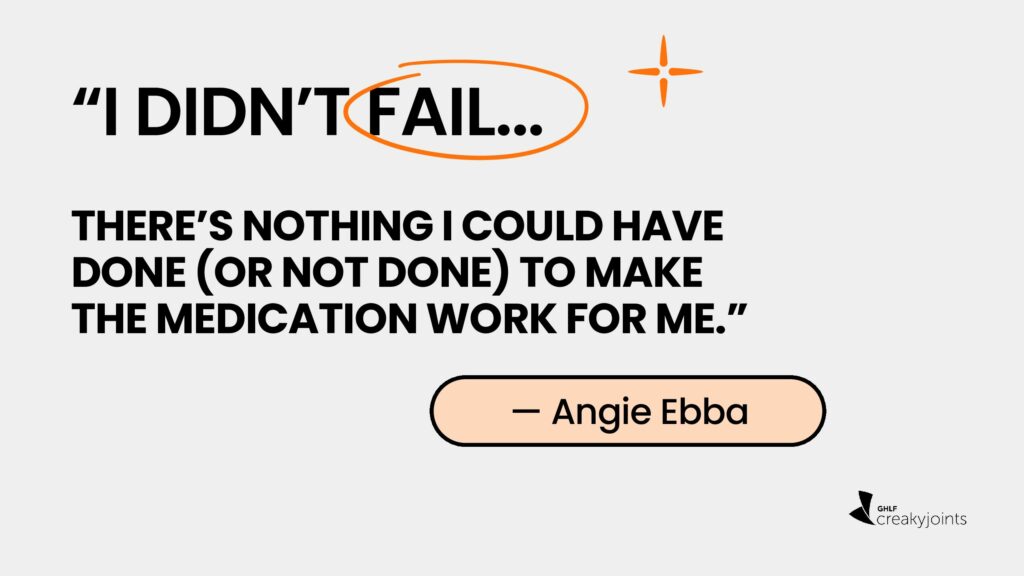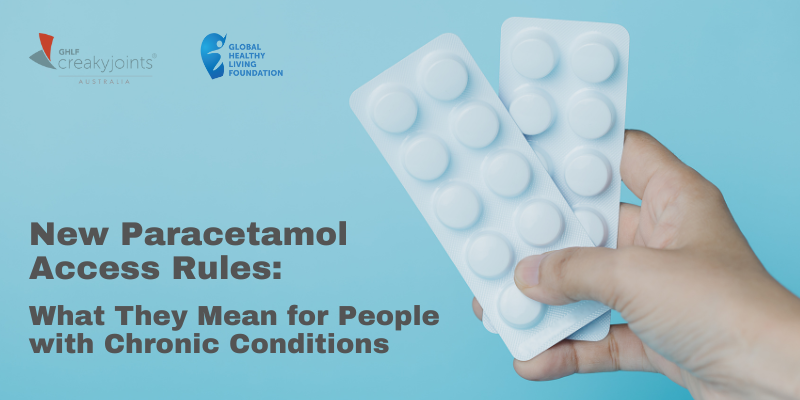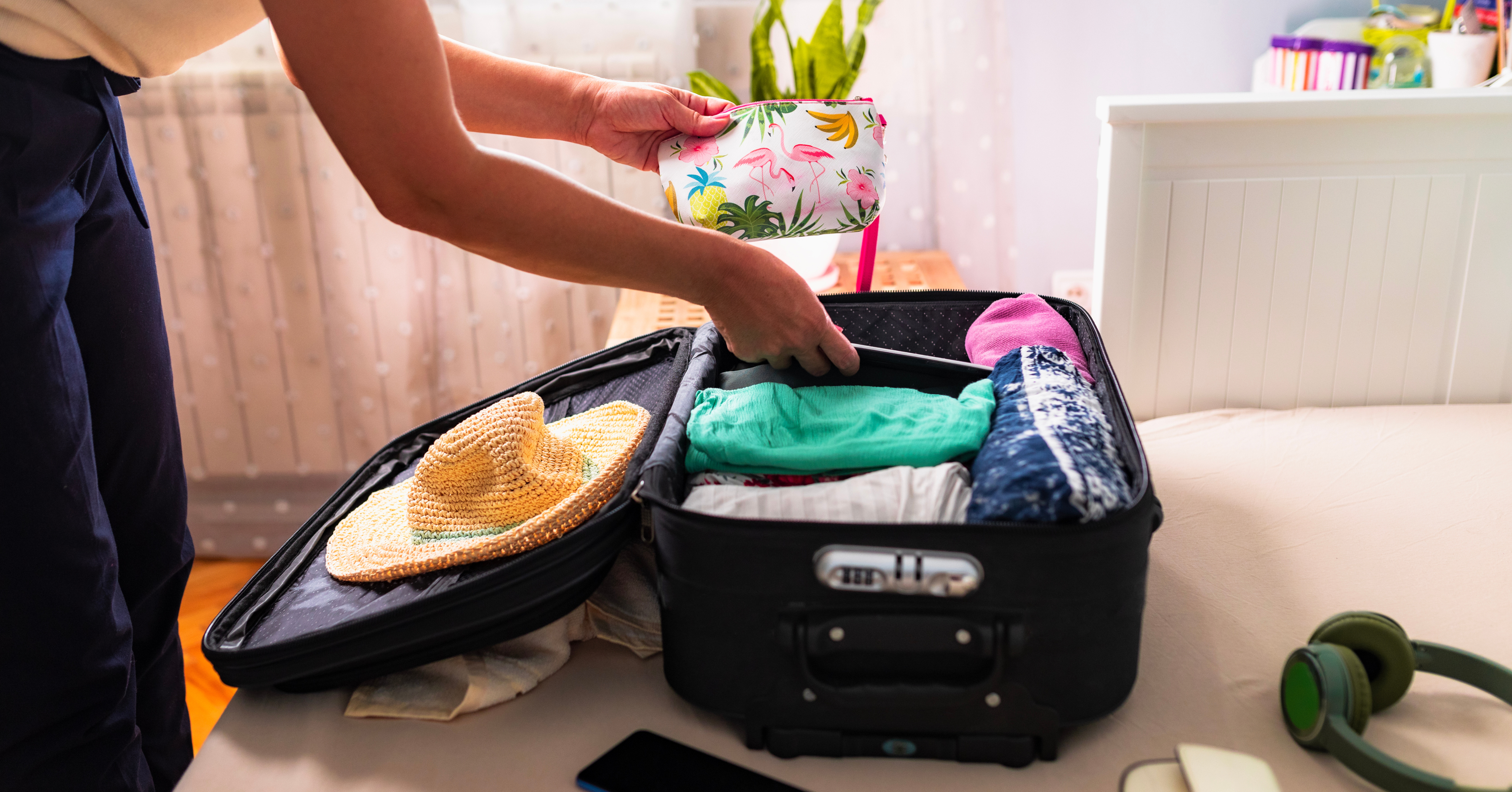Septic Arthritis Treatment
Septic arthritis treatment involves draining the infected joint fluid with a needle or via an operation plus antibiotics. The sooner treatment begins after infection, the better the prognosis. Patients treated within seven days of the onset of symptoms tend to do well, while those whose treatment is delayed one month or longer do poorly, as the infection has the opportunity to spread. In fact, before antibiotics, 75 percent of people with septic arthritis died from the disease. For drainage, a needle is inserted into the joint or in some cases, drainage tubes are inserted through small incisions around the joint. Surgery may be needed if the affected joints are larger, such as the hip, and thus too difficult to drain with a needle.
If the specific microbe that is causing the infection is identified, powerful antibiotics specific to that organism are used; if not, antibiotics are given to cover a wide range of infections. Antibiotics are typically given intravenously, followed by a course of oral therapy. Treatment for septic arthritis on average lasts between two and six weeks. Pain medications like ibuprofen or acetaminophen, rest, joint immobilization, keeping the joint raised and cool compresses may help relieve pain, while exercise helps the joint(s) recover.
Septic arthritis medicine include intravenous vancomycin, ceftriaxone and ceftazidime. Treatment can then be changed to oral antibiotics such as cefixime or ciprofloxacin for at least one week.
Fungal Septic Arthritis Medicine
For fungal septic arthritis, oral anti-fungal drugs such as azole or parenteral amphotericin B are used. In addition, over the counter or prescription pain medications such as acetaminophen or ibuprofen are often used to manage pain. Most patients have a full recovery after antibiotic treatment, though some people continue to experience chronic limited movement in the affected joint(s).





